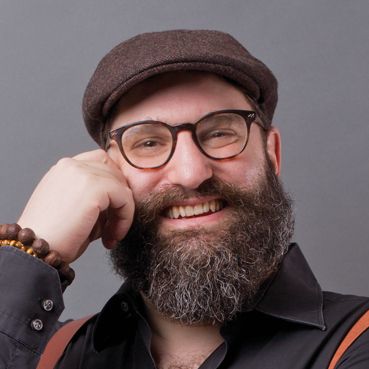Continuing education
Applied I Ching Acupuncture
CompletedFor the seasoned acupuncturist, the pursuit of new knowledge and skills is an ongoing journey. This course presents an unparalleled chance to master 12 specific treatment patterns, deeply rooted in both age-old wisdom and contemporary insights. These patterns draw from the I Ching Ba Gua, the Unified Acupuncture Theory (UAT), and the Balance Method.
These 12 patterns are adept at addressing a range of internal functional challenges, especially focusing on anxiety and insomnia. They revolve around three core concepts: dynamic interactions, static interactions, and the Channel code. Together, these concepts provide a comprehensive treatment approach, catering to musculoskeletal issues, functional disorders, internal imbalances, and emotional and psychological states.
Fantastic Course, given in easy to understand manner, many lightbulb moments. Five stars. Very happy. Amazing lecturer!
Understanding the Foundations:
The I Ching Ba Gua, esteemed in Chinese philosophy for over three millennia, lays a foundational understanding. With the Eight Trigrams embodying the fundamental principles of reality, it's crucial to your TCM practice.
The Unified Acupuncture Theory (UAT), crafted by Jonathan Shubs, seamlessly brings together various traditional acupuncture systems. It emphasizes the pivotal role of channel interactions in assessing health and ailments.
The Balance Method, deeply rooted in classical texts such as the I Ching (Yijing) and Nei Jing, employs a structured approach grounded in patterns and symmetry. This method leans heavily on the relationships outlined in the I Ching's Ba Gua and other core Chinese medicine concepts.
The Channel Code acts as your guide, illuminating the body's intricate energy pathways. It provides insights into the meridians and the circulating Qi. Their intricate interconnections and their profound influence on both physiological and psychological well-being will be thoroughly explored.
Course Goals:
Throughout this course, you'll learn to identify and utilize both dynamic and static interactions. You'll gain an in-depth understanding of the principles behind the Channel Code and discover how to adeptly apply the Guas to individual channels. You'll become familiar with the specific symptoms and indications for each of the 12 patterns.
You'll also delve into the foundational paradigms shaping the 12 patterns. This includes grasping the six layers of Yin and Yang, the UAT model's triad layers, and the nuanced relationships between midday and midnight, combined with entry and exit points.
Armed with this knowledge, you'll effortlessly design treatments for each pattern, surprisingly utilizing just eight needles in total. Moreover, you'll learn to employ the six patterns vital for vertical channel diagnosis, whether it concerns pain or other meridian-related issues.
Course Breakdown:
• General Introduction • Introduction to the UAT Model • Dive into Dynamic & Static Interactions • Exploration of the Channel Code • Comprehensive Overview of the 12 Patterns • Dynamics of the Six Layers of Yin and Yang • Three Layers of the Unified Acupuncture Theory • Midday and Midnight Dynamics & Key Points • Strategies for Vertical Meridian Diagnosis • Patterns Pertaining to Depression, Insomnia, and Anxiety • Strategies to Counter External Pathogens • Concluding Discussion on Theoretical Foundations
Conclusion:
The "Applied I Ching Acupuncture" course promises to be an enlightening experience, blending millennia-old Chinese wisdom with modern techniques. Under the expert guidance of Jonathan Shubs, you'll be offered a structured and logical learning journey. After concluding this course, you'll effortlessly incorporate these concepts into your daily practice. And if you ever doubted the potency of eight needles, prepare to be astounded!
This is one of the best seminars I have attended. I learned so much with the theory component but it was so exciting to see what we learned practised and to have immediate effect. I look forward to putting what I got taught into clinical practice.
This has completely changed the way I think about the acu points I choose and how I will practice in the future.

 Jonathan Shubs
Jonathan Shubs